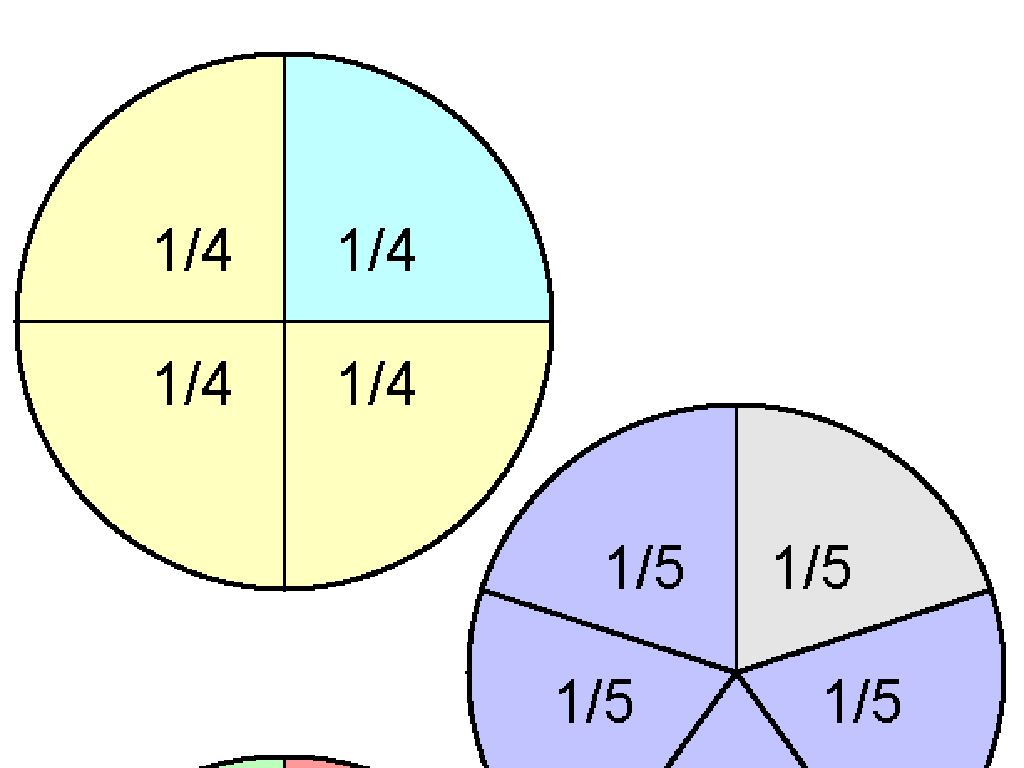Add Imagery To Stories
Subject: Language arts
Grade: Fourth grade
Topic: Descriptive Details
Please LOG IN to download the presentation. Access is available to registered users only.
View More Content
Today’s Adventure: Adding Imagery to Stories
– Exploring Imagery
– Imagery means creating pictures in the reader’s mind
– Imagery enriches stories
– It makes stories more engaging and vivid
– Imagery uses the 5 senses
– Describe taste, touch, sight, smell, and sound
– Practice creating imagery
|
Begin the lesson by explaining that imagery involves using descriptive language to create vivid pictures in the reader’s mind, almost like painting with words. Discuss how imagery enhances the reader’s experience by making the story more engaging and helping them to feel like they are part of the story. Use examples that relate to the senses, such as the taste of a salty ocean breeze or the sound of leaves crunching underfoot, to illustrate how to incorporate the five senses into their writing. For the activity, have students pick a scene from a favorite story or create one from their imagination and write a short paragraph that focuses on adding rich, descriptive details that appeal to the senses.
Understanding Imagery in Stories
– Imagery paints pictures in minds
– Engages all five senses
– Sight, sound, smell, taste, touch help readers experience the story
– Examples of everyday imagery
– Describing a bakery, the scent of fresh bread, the sound of the bell over the door
– Practice using imagery
– Think of your favorite place and describe it using the five senses
|
Imagery is a key element in storytelling that allows readers to create vivid mental pictures and emotional connections to the story. It’s not just about visual descriptions but also includes details that appeal to the other senses. When teaching this concept, provide clear examples from everyday life, such as the experience of being in a bakery, to make it relatable. Encourage students to think of their favorite place and write a short paragraph that describes it using all five senses. This exercise will help them understand how to use descriptive details to add depth and interest to their stories.
Sight: Bringing Stories to Life
– Visual Imagery: Paint with words
– Describing a scene vividly
– Use strong adjectives and vivid verbs
– Group Activity: Picture description
– Look at a picture and describe everything
– Share your scene with the class
– Tell us what you imagined from your description
|
This slide introduces the concept of visual imagery to the students, emphasizing the importance of using descriptive language to create a mental picture for the reader. Encourage students to think about how they can use words to ‘paint’ a scene in someone’s mind. For the activity, present a colorful and detailed picture to the class and ask them to write down everything they see, using as many descriptive words as possible. Afterward, have a few students share their descriptions with the class to see how words can bring a picture to life in our imaginations. This exercise will help them understand the power of sight-related descriptions in storytelling.
Sound – Hearing with Words
– Auditory Imagery in stories
– It’s using words to create a ‘sound picture’ for the reader.
– Exercise: Listen and describe
– Imagine a scene: a forest, a city, a beach. What sounds are there?
– Using sound words effectively
– Words like ‘whisper’, ‘bang’, ‘rustle’ bring stories to life.
– Why sound details matter
– Sounds can set the mood or make your story more realistic.
|
This slide introduces the concept of auditory imagery, which is a powerful tool to immerse readers in the story by evoking a sense of hearing. Start by explaining how descriptive sound words can paint a vivid picture in the reader’s mind. Conduct a listening exercise where students close their eyes and describe the sounds from a chosen scenario. Discuss the use of onomatopoeia and other sound words to enhance writing. Emphasize the importance of including sound details to make stories more engaging and believable. Encourage students to think of their favorite book and the sounds that made the story come alive for them.
Enriching Stories with Sensory Details
– Olfactory Imagery: Scent descriptions
– Describe smells to set a scene, like ‘freshly baked cookies’
– Gustatory Imagery: Tasting through words
– Use flavor words to make readers’ mouths water, e.g., ‘sour lemonade’
– Tactile Imagery: Textures in tales
– Convey how things feel, such as ‘the rough bark of a tree’
– Engage senses to bring stories to life
|
This slide aims to teach students how to use sensory details to add depth to their stories. Olfactory imagery involves describing scents to evoke a sense of smell, making the reader feel like they are in the story. Gustatory imagery uses descriptive words to convey flavors, which can make a story more engaging and mouth-watering. Tactile imagery describes the sense of touch, helping readers to imagine the texture and physical sensations characters are experiencing. Encourage students to think of their favorite smells, tastes, and textures, and how they can incorporate these into their writing to make it more vivid and immersive.
Show, Don’t Tell: Imagery in Stories
– Understand ‘showing’ vs ‘telling’
– ‘Telling’ states facts, ‘showing’ creates a picture in the reader’s mind
– Examples: Telling vs. Showing
– ‘The dog is fast’ (telling) vs. ‘The dog zoomed past trees like a blur’ (showing)
– Class Exercise: Sentence Transformation
– Turn ‘The sun set’ into a ‘showing’ sentence
– Why ‘showing’ makes stories vivid
|
This slide introduces the concept of ‘show, don’t tell’ to enhance students’ writing with vivid imagery. Explain that ‘telling’ simply informs the reader, while ‘showing’ allows them to experience the story through descriptive details. Use clear examples to illustrate the difference. For the class exercise, provide a ‘telling’ sentence and guide students to add descriptive words and phrases to create an image in the reader’s mind. Emphasize that ‘showing’ helps readers visualize the scene and feel more connected to the story. Encourage creativity and praise students for unique descriptions. Possible activities: 1) Describe a character’s emotions without naming the feeling. 2) Write about a storm using all five senses. 3) Transform a bland sentence into one that sets a scene. 4) Create a ‘showing’ sentence from a ‘telling’ headline. 5) Illustrate a ‘telling’ sentence and then rewrite it as ‘showing’.
Crafting Imagery in Your Stories
– Learn tips for writing with imagery
– Use vivid adjectives and strong verbs to paint a picture
– Practice writing a descriptive paragraph
– Describe a setting or character using your senses
– Share your creative work
– Read your paragraph aloud to the class
– Discuss the imagery with classmates
– Listen to others and think about the images they create
|
This slide is aimed at helping students understand how to add vivid descriptions to their writing to create strong imagery. Start by discussing tips such as using sensory details, comparing things with similes or metaphors, and choosing vivid words. During practice time, encourage students to write a short paragraph about a place or character, focusing on creating a picture in the reader’s mind. After writing, students will share their paragraphs with the class, which will help them learn from each other and appreciate different ways of using descriptive language. As a teacher, provide feedback on their use of imagery and guide them on how to enhance their writing. Prepare to offer examples and lead a discussion on how imagery can improve storytelling.
Class Activity – Imagery Workshop
– Collaborate on a vivid class story
– Each student adds an imagery sentence
– Use sensory details like sights, sounds, and smells in your sentence
– Build our story with rich descriptions
– Create a tapestry of imagery
|
This activity is designed to engage students in the practice of adding descriptive details to their writing to create strong imagery. Start by explaining what imagery is and how it enhances storytelling. Imagery includes details that appeal to the senses and paint a picture in the reader’s mind. Each student will then contribute one sentence to a class story, focusing on including vivid imagery. Encourage them to think about the five senses and describe the setting, characters, or action in a way that makes it come alive. As the teacher, you will facilitate the activity by guiding the story’s direction and ensuring each contribution flows with the previous ones. Possible variations of the activity could include focusing on specific senses, creating a story with a particular mood, or building a story around a theme.
Imagery and Descriptive Details: Review & Homework
– Recap on imagery in stories
– Importance of descriptive details
Descriptive details create vivid pictures in the reader’s mind, making stories more engaging.
– Homework: Craft a short story
Use your imagination to write a story with rich descriptions.
– Highlight imagery in your story
Use colors, sounds, and feelings to show imagery.
|
Today’s lesson focused on the use of imagery to add depth and interest to storytelling. Imagery involves using descriptive language to create mental images for the reader, engaging their senses and emotions. It’s crucial for students to understand that descriptive details help readers visualize the story and connect with it emotionally. For homework, students are tasked with writing a short story that incorporates imagery. They should use descriptive language to paint scenes and bring characters to life. Encourage them to think about the five senses and how these can be used to show, not just tell, in their writing. When they share their stories in the next class, have them point out the imagery they used and discuss the effect it has on their story’s impact.






